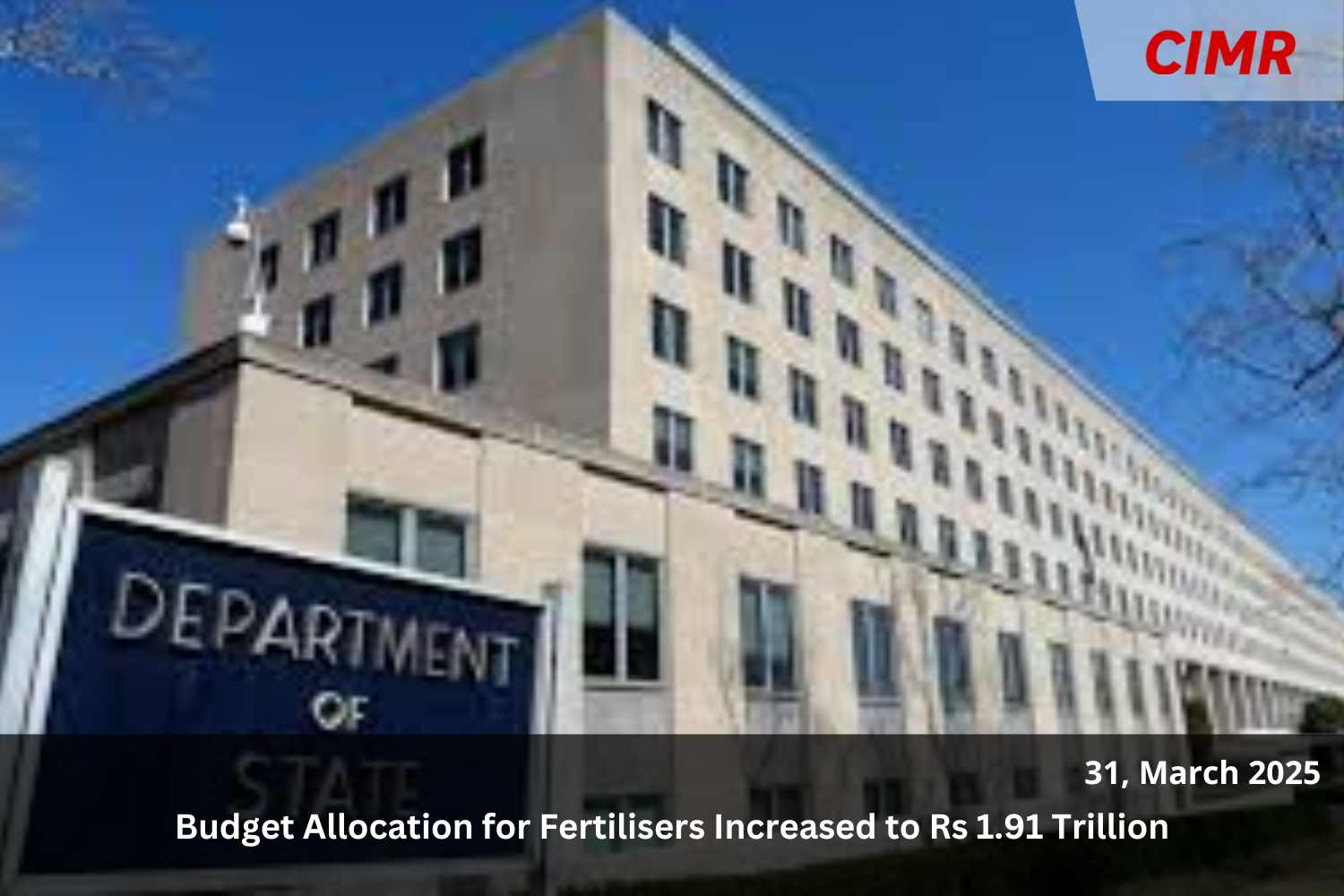The Indian government has increased the Department of Fertilisers’ final budget allocation to Rs 1.91 trillion for FY 2024-25, up from the initial estimate of Rs 1.68 trillion. The government is working with resource-rich countries to secure long-term fertiliser supplies and facilitate agreements between Indian and foreign companies to maintain cost-effective imports.
The Pradhan Mantri Krishi Sinchayee Yojana has been extended until 2025-26, with an overall outlay of Rs 930.68 billion. The Department of Agriculture and Farmers Welfare assesses fertiliser demand before each cropping season and uses the Integrated Fertiliser Monitoring System to track the movement of subsidised fertilisers.
In a move aimed at strengthening India’s agricultural sector, the government has increased the budget allocation for fertilisers to Rs 1.91 trillion for the upcoming fiscal year. This decision underscores the government’s commitment to ensuring food security, supporting farmers, and promoting sustainable agricultural practices.
The increased funding is expected to address rising fertiliser costs, enhance domestic production, and reduce dependency on imports The surge in fertiliser allocation is driven by several key factors The rising cost of raw materials like urea, phosphate, and potash in the international market has made fertilisers more expensive
Reasons for the Budget Increase
- Subsidy Reforms: The government aims to enhance its direct benefit transfer (DBT) scheme for fertiliser subsidies, ensuring efficient and transparent distribution Ensuring affordable Boosting indigenous fertiliser manufacturing will help reduce reliance on imports and create a self-sufficient supply chain fertilisers for farmers is critical to maintaining agricultural productivity and food security.
- Encouraging Domestic Production: .
- Sustainable Agriculture: Increased funding will support eco-friendly and bio-fertiliser initiatives to reduce the environmental impact of chemical fertilisers The Rs 1.91 trillion fertiliser budget will be strategically distributed across various segments A major portion of the allocation will go towards urea and non-urea fertiliser subsidies to keep prices affordable for farmers.
Breakdown of the Budget Allocation
- Boosting Domestic Production: The government is incentivizing domestic fertiliser manufacturers to enhance production capacity and reduce dependence on imports Special allocations have been made to encourage sustainable alternatives like nano urea and organic fertilisers With global supply chain disruptions, a part of the budget will be directed towards securing a steady import supply to prevent shortages.
- Import Support Measures: .
- Technology and Innovation: Investments in research and development (R&D) will help develop more efficient fertiliser usage methods and improve soil health The increased fertiliser budget is expected to yield multiple benefits for the agriculture sector Subsidies will ensure that small and marginal farmers can access essential fertilisers at reasonable prices.
Expected Impact on Agriculture and Farmers
- Increased Crop Yields: Ensuring adequate fertiliser supply will help maintain and enhance commitment to strengthening the crop productivity Promoting domestic fertiliser The government’s decision to allocate its manufacturing will improve India’s self- reliance in agricultural inputs Encouraging bio-fertilisers and sustainable farming practices will lead to better soil health and reduced pollution.
- Environmental Benefits: .
- Food Security: By supporting agricultural productivity, the initiative will help maintain stable food prices and ensure food availability Despite the significant budget increase, several challenges must be addressed Ensuring that subsidies reach the intended beneficiaries without leakage or corruption remains a challenge The government must ensure that subsidized fertiliser prices do not lead to overuse, which could harm soil health.
Balancing Fertiliser Prices: .
- Infrastructure for Domestic Production: Expanding fertiliser manufacturing requires investment in infrastructure, technology, and skilled labor While the budget aims to reduce imports, India still relies on international suppliers for critical fertiliser components Educating farmers on balanced fertiliser use is crucial to prevent excessive application and environmental degradation.
- Group Media Publication
- Construction, Infrastructure and Mining
- General News Platforms – IHTLive.com
- Entertainment News Platforms – https://anyflix.in/




